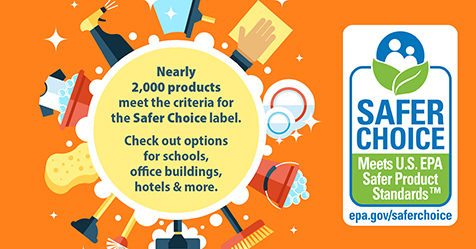CDC Updates COVID-19 Recommendations for Schools
As students return to their classes, school facilitators need to revisit their COVID-19 protocols.
The U.S. Centers for Disease Control and Prevention (CDC) recently released updates to its recommendations for safe in-person learning for K–12 schools as well as early care and education programs.
Recently Revised Recommendations
The following guidelines have been removed:
- The recommendation to cohort
- The recommendation to quarantine, except in high-risk congregate settings
- Information about “Test to Stay.”
Newer, detailed information about wearing masks, managing cases and exposures, and responding to outbreaks has been added.
The CDC also changed its recommendation to conduct screening testing to focus on high-risk activities during high COVID-19 community level or in response to an outbreak.
Strategies Remaining the Same
Among its current strategies for everyday operations are the continued recommendations regarding good air quality and ventilation, proper hand hygiene, and adequate cleaning and disinfecting.
While its guidance has been written specifically with COVID-19 in mind, the CDC reminds school facilitators that its prevention advice can also help stop the spread of other infectious diseases, such as influenza, respiratory syncytial virus, and norovirus, while supporting overall healthier learning environments. The CDC also notes that its recommendations supplement rather than replace any governmental laws or regulations with which educational programs must comply.
Four Steps for a Healthy School Building
In addition to the CDC’s guidelines, the Lancet COVID-19 Commission Task Force on Safe Work, Safe Schools, and Safe Travel recently published The First Four Healthy Building Strategies Every Building Should Pursue to Reduce Risk from COVID-19. The guide outlines four key steps that can help school facilitators keep their building safe, with an emphasis on air quality and ventilation:
- Commissioning (or recommissioning) building systems to ensure the building is operating as designed
- Maximizing outdoor air
- Upgrading air filters
- Supplementing with portable air cleaners, as necessary.
According to the task force, while these steps are by no means an exhaustive list of strategies, they can provide quick, significant benefits in reducing the risk of COVID-19 without expensive investments.

